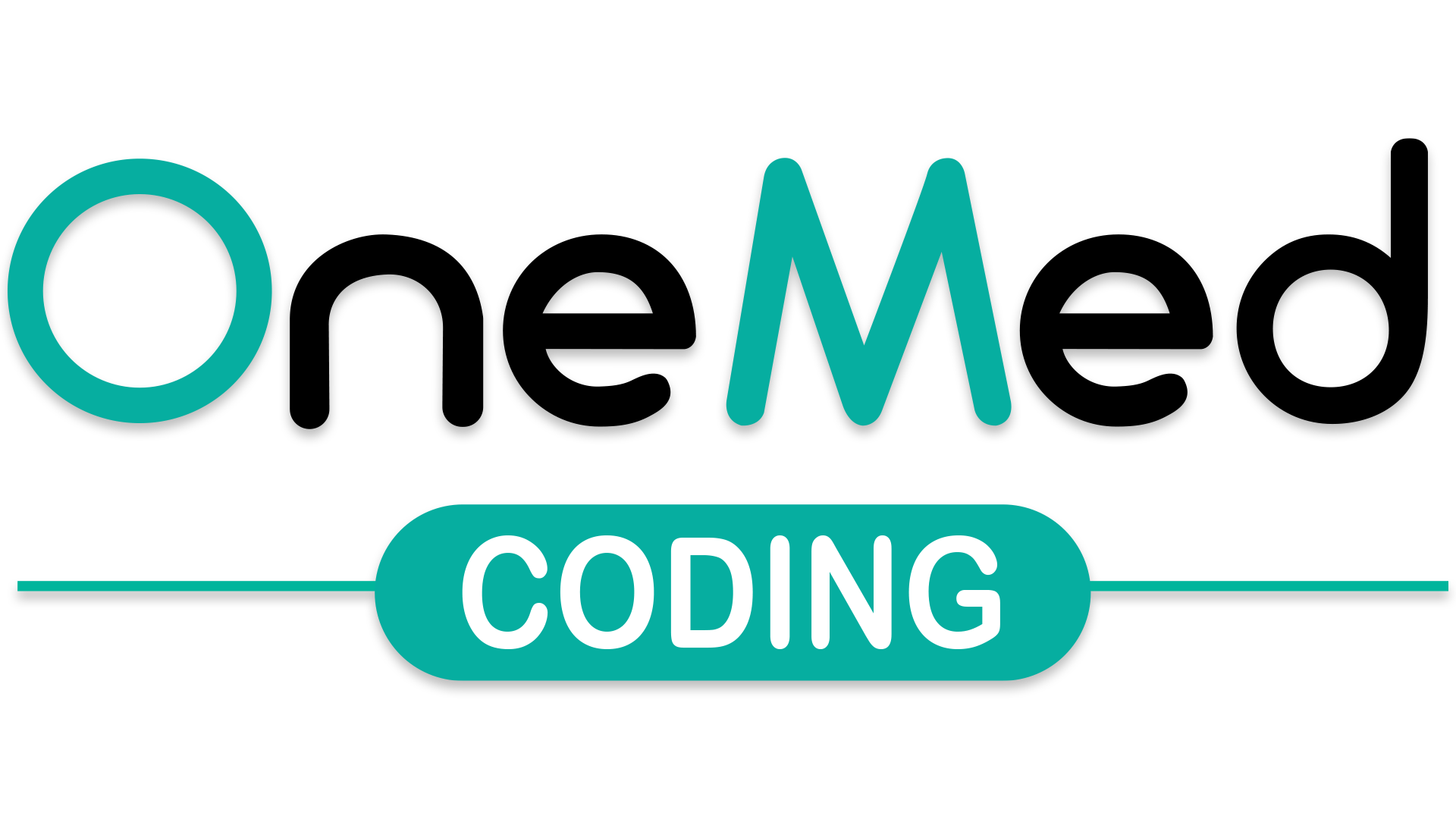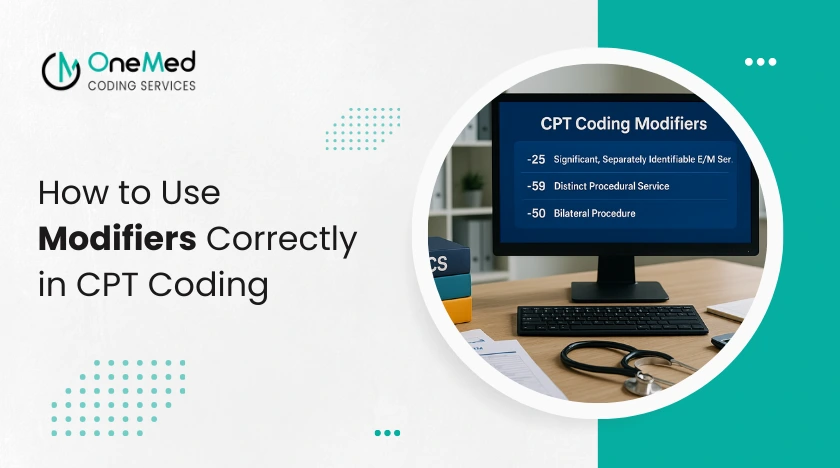Introduction
The U.S. healthcare system is gradually shifting from a fee-for-service model to one focused on value-based care (VBC). In this new approach, providers earn rewards for achieving better patient outcomes instead of simply increasing the number of services they provide. This transformation affects every aspect of the healthcare revenue cycle, with medical coding being one of the most crucial areas. Coding has evolved to play a vital role in documenting services while also showcasing quality, compliance, and efficiency.
What Is Value-Based Care?
Value-based care is a model where healthcare providers are compensated based on the health outcomes of their patients. Rather than billing for every single test, visit, or procedure, providers are incentivized to:
- Enhance patient outcomes
- Minimize unnecessary services
- Coordinate care more effectively
- Reduce overall healthcare costs
To make this work, accurate data capture is essential, and coding serves as the backbone for reporting the clinical narrative that drives reimbursement.
How Value-Based Care Changes Coding Priorities
In the fee-for-service model, coders primarily focused on ensuring that claims were accurate and compliant. However, with the shift to value-based care, the expectations have expanded. Coders now need to capture a comprehensive clinical picture so that payers can evaluate outcomes against established benchmarks.
1. Greater Emphasis on Specificity
Coders are required to use the most precise ICD-10 and CPT codes available to accurately reflect a patient’s condition. For instance, coding “heart failure” without specifying whether it’s systolic, diastolic, or combined can result in lower reimbursement and inaccurate reporting under value-based models.
2. Risk Adjustment and HCC Coding
Hierarchical Condition Category (HCC) coding has gained increased importance. These codes assess the risk profile of patients and significantly impact reimbursement in Medicare Advantage and other value-based programs. Failing to include a chronic condition code can lead to an underestimation of patient risk and a reduction in funding for their care.
3. Linking Coding to Quality Metrics
Numerous quality programs—like MIPS (Merit-Based Incentive Payment System)—connect incentives to the reporting of clinical quality. Coders are essential because they make sure that the codes accurately represent the tests, screenings, or preventive care that providers carry out. This is crucial for showing compliance with these measures.
Challenges for Coders in a Value-Based Environment
Shifting to value-based care brings a whole new set of challenges for coding teams, such as:
- Increased Documentation Requirements: Coders rely heavily on physicians to provide detailed documentation. If any details are overlooked, it can result in undercoding.
- Continuous Learning: Coding teams need to keep up with changes in regulations, specific payer requirements, and quality improvement programs.
- Tech Integration: Coders frequently collaborate with electronic health records (EHRs) and analytics tools that monitor outcomes. Ensuring accuracy and consistency is crucial for trustworthy reporting.
Advantages of Enhanced Coding in Value-Based Care
When coding aligns with the goals of value-based care, providers can reap several benefits:
- More Accurate Payments: Capturing the complete patient risk profile guarantees appropriate reimbursement.
- Improved Patient Outcomes: Precise coding aids in care coordination, preventive services, and managing chronic diseases.
- Lower Audit Risks: Solid documentation and accurate coding shield practices from penalties and payer audits.
- Enhanced Practice Reputation: Excelling in value-based programs showcases quality care, helping practices draw in more patients.
Best Practices for Providers and Coders
To thrive in a value-based care landscape, providers and coders should collaborate closely:
- Invest in training for coders on risk adjustment and quality reporting.
- Enhance provider documentation through templates, EHR prompts, or training sessions.
- Utilize technology for coding support, error detection, and analytics.
- Conduct regular audits to spot missed opportunities and compliance issues.
Conclusion
Value-based care is reshaping how providers deliver and report healthcare. For coding teams, this shift means moving beyond mere compliance to becoming integral partners in ensuring care quality and reimbursement accuracy. By honing in on specificity, risk adjustment, and quality reporting, coders play a vital role in helping providers thrive in a value-driven healthcare landscape.





0 Comments